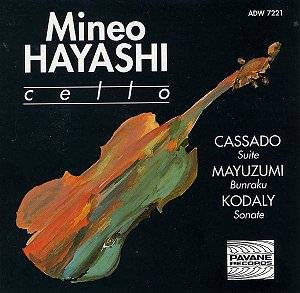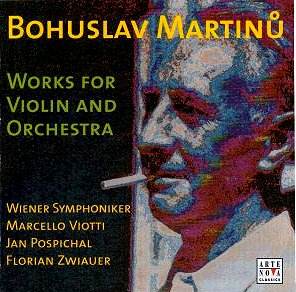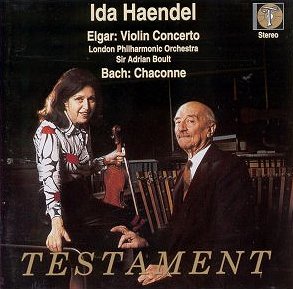 Composer: Zoltán Kodály
Composer: Zoltán Kodály
Works: Suite for Cello, Op. 8; Bunkaru for Cello by Toshiro Mayuzumi; Suite for Cello by Gaspar Cassadó
Performers: Mineo Hayashi, cello
Recording: Studio 1, RTBF-Flagey, Brussels, April 1990
Label: Pavane ADW 7221
Zoltán Kodály’s Suite for Cello, Op. 8, stands as a monumental contribution to the solo cello repertoire, reflecting the composer’s deep understanding of the instrument’s capabilities and expressive potential. Written in 1915, this work showcases a synthesis of Hungarian folk elements with a modern harmonic language, making it a cornerstone for cellists seeking to explore the intersection of tradition and innovation. The recording under review, featuring Mineo Hayashi, also includes notable works by Gaspar Cassadó and Toshiro Mayuzumi, creating a thoughtfully curated program that juxtaposes different cultural influences and technical demands.
Hayashi opens the recital with Cassadó’s Suite for Cello, a piece that marries the lyrical with the virtuosic. The Preludio-Fantasia immediately captures attention with its Spanish flavors, and Hayashi’s lean tone navigates the high-lying passages, albeit sometimes lacking the vibrant expressiveness that Cassadó’s writing demands. The second movement, a Sardana, reveals Hayashi’s ability to engage with its lively rhythms, yet one senses a certain restraint in his tonal palette that could have benefited from a broader range of colors. The Intermezzo e Danza finale shines brighter, as Hayashi effectively incorporates dance idioms into his interpretation, offering a glimpse of his musical imagination at work.
Transitioning to Mayuzumi’s Bunkaru, one experiences a fascinating cultural shift. This work seeks to evoke the sonorities of the samisen, and Hayashi’s approach to its complex textures is commendable. The opening pizzicatos and the bending of notes illustrate a strong connection to the Eastern aesthetic, and the work’s brief span allows for a compact exploration of its themes. Here, Hayashi demonstrates a keen understanding of the piece’s transformative nature, yet the overall impact could be enhanced by a more daring exploration of its dynamic contrasts.
The centerpiece of the recording, Kodály’s Suite for Cello, is where Hayashi’s interpretative choices come under closer scrutiny. His slower tempos, especially in the second and third movements, offer a contemplative perspective, diverging from the electrifying energy that Janos Starker famously brought to the work. While Starker’s performance is imbued with a magnetic dynamism and unparalleled tonal inflection, Hayashi’s interpretation, though thoughtful, sometimes feels less decisive. The opening allegro lacks the architectural grip that one associates with the work’s thematic development. The adagio showcases moments of sensitivity, yet Hayashi’s tonal shadings remain somewhat monochrome compared to Starker’s vibrant palette. The technical aspects of Hayashi’s playing are solid, yet they do not always yield the same emotional resonance that the piece demands.
The recording quality of this release is commendable, with a clarity that allows the nuances of Hayashi’s playing to emerge effectively. The engineering captures the cello’s rich timbre, though at times, one wishes for a slightly more ambient acoustic that might enhance the work’s inherent warmth and depth.
Mineo Hayashi has crafted a respectable recording that displays both depth and thoughtfulness in his programming. His interpretations, while occasionally overshadowed by giants like Starker, offer a unique perspective that is worthy of attention. The combination of Cassadó, Mayuzumi, and Kodály creates a compelling narrative that invites listeners to appreciate the cello’s versatility across cultural boundaries. An absorbing journey through the cello repertoire, this disc ultimately serves as a commendation of Hayashi’s artistry, even if it leaves one yearning for a more daring exploration of the pieces at hand.



